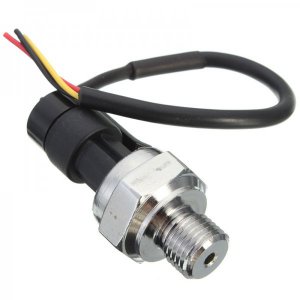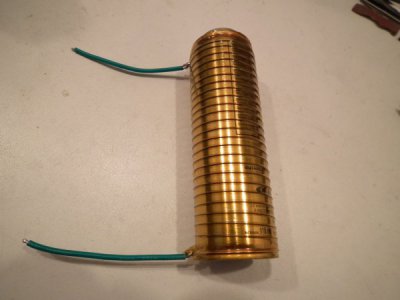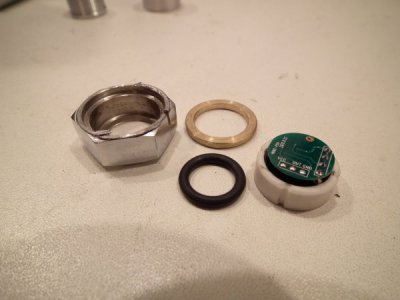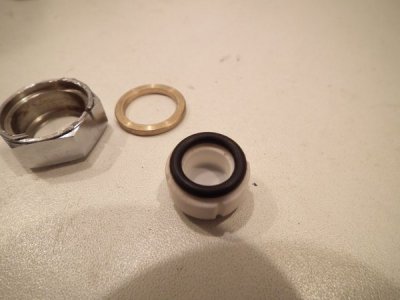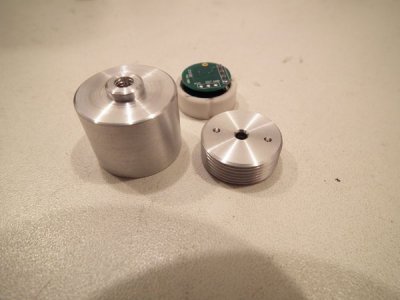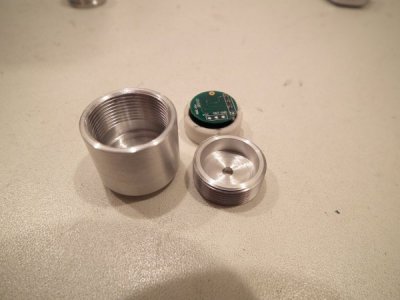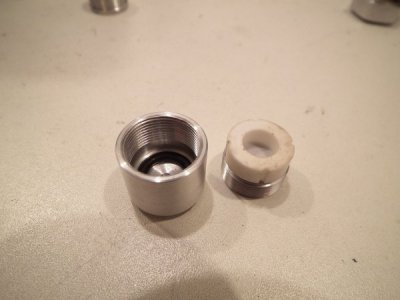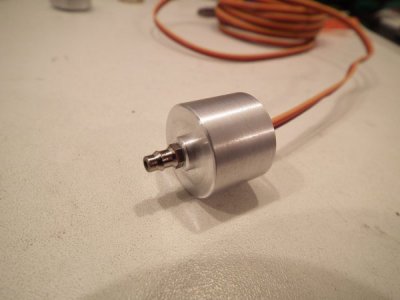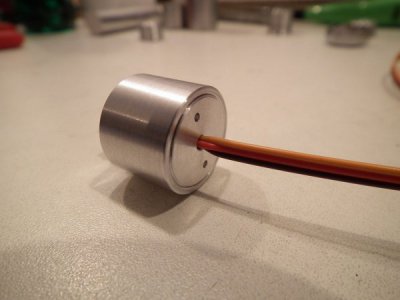Thread wires are a must, IMO. And yes, I can give you a MOW for any wire that will fit the thread. But the ideal wire will contact the flank of the thread at the pitch line. That is in order to minimize any error in the angle of the threading tool. I use Gagemaker software, which is very flexible and will calculate based on whatever you input for a nominal size and class of fit. It also can provide the proper dimensions for making up your own ring and plug gages if you need them to make parts in the future that will interchange with what you have already produced and perhaps do not have access to. It also allows custom, non-standard threads, like if you wanted a 19.33 x 1.3, it would calculate per input sizes and provide standard figures per approved formulae.
I don't have the software installed on this laptop (I don't know why not), so I will get to the shop tomorrow and pull out all the data on that thread, including the specified nose radius for the tool, or flat. Some threads either is acceptable, some are specific to the type of thread. But since you didn't say specifically what type you are in need of, I'll give you the general purpose data.


